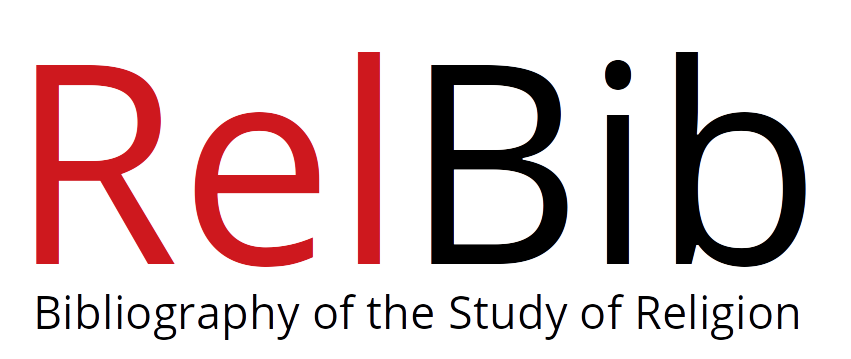|
ABSTRACT
The relationship between Christian missionaries and dominant Western society is a little-explored aspect of the cultural negotiation between Christian missionaries and indigenous communities. The hypothesis underlying this article is that the influence of Christian missionaries on the indigenous peoples of Alaska, as manifested by the maintenance of indigenous languages, for example, should vary according to the level of sectarian tension (using Stark and Bainbridge‘s terminology) that exists between the missionaries‘ religious denomination and the dominant American society. We postulate that missionaries from low-tension denominations will encourage indigenous communities to resemble American communities, whereas missionaries from denominations with high levels of tension with Western society will have less motivation to press for the assimilation of indigenous peoples into the dominant culture. To test our proposition, we collected data on social and economic indicators such as maintenance of indigenous language, household composition, income, village political structure, and public works for 164 Alaska Native villages. Using historical and anthropological sources, we classified the villages into nine groups representing denominational missionary influence in the villages. We further subclassified these denominational groups into three groups (Church, Catholic, and Sect) that indicate each denomination‘s level of sectarian tension. When all variables were used together, the multivariate technique of correspondence analysis produced an ordination of the villages that correlated well with the sectarian tension classification, and this association was further confirmed by single-variable analysis of variance and log-linear (chi-square) analyses. |













